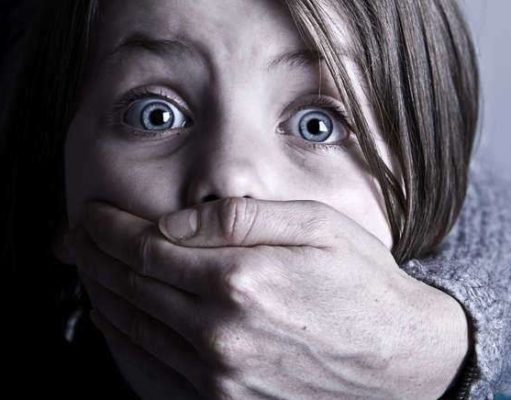Look For These Signs of Domestic Violence

Recognizing the Signs: Identifying Domestic Violence in Relationships
Domestic violence is a distressing and pervasive issue that affects individuals and families worldwide. It is a complex problem that often hides behind closed doors, making it challenging to detect. Understanding and recognizing the signs of domestic violence is crucial for early intervention and support. This article aims to shed light on some common indicators that may help identify instances of domestic violence, ensuring the safety and well-being of those affected.
1. Physical Signs:
Visible injuries, such as bruises, cuts, broken bones, or unexplained marks, are often clear signs of physical abuse. These injuries may have inadequate explanations or inconsistent stories that indicate the presence of violence. It is essential to pay attention to these unmistakable physical signs of potential domestic violence.
2. Emotional and Behavioral Signs:
a) Fear and Anxiety: Victims of domestic violence may display constant fear, anxiety, or hypervigilance. They might seem on edge, easily startled, or constantly worried about their partner’s reactions.
b) Low Self-Esteem and Self-Blame: A common consequence of domestic violence is a significant impact on victims’ self-worth. They may express feelings of worthlessness, exhibit self-blaming behaviors, or constantly make excuses for their partner’s harmful actions.
c) Isolation and Withdrawal: Abusers often isolate their victims from friends, family, and support networks. If an individual suddenly shows signs of withdrawal, cancels plans frequently, or exhibits a decrease in social interaction, it could be an indication of domestic violence.
d) Depression or Mood Swings: Victims of domestic violence may experience mood swings, bouts of depression, or demonstrate signs of emotional distress. These changes in emotional well-being can be a result of the abuse they endure within their relationship.
3. Control and Manipulation:
a) Controlling Behavior: Abusers often exert control over their partners, dictating where they go, who they can interact with, or what they can wear. They may also restrict access to finances, transportation, or communication devices, effectively isolating the victim.
b) Jealousy and Possessiveness: Excessive jealousy or possessiveness can be a warning sign of an abusive relationship. An abuser may constantly accuse their partner of infidelity without valid reasons and exhibit unwarranted control over their interactions with others.
c) Manipulative Tactics: Emotional manipulation is a hallmark of domestic violence. Abusers may employ tactics such as gaslighting (making the victim doubt their reality), guilt-tripping, or using charm and apologies to maintain control over their partner.
4. Sexual Abuse and Intimidation:
Sexual abuse is a form of domestic violence that involves coercive or non-consensual sexual acts. Signs to look out for include unwanted sexual advances, forced sexual activities, or instances of intimidation and threats to engage in sexual acts against their will.
5. Escalation and History of Violence:
In cases where the domestic violence has been ongoing, there may be a pattern of escalating abuse. This can include increasingly severe physical violence, threats, or destruction of property. It is important to take note of any previous incidents or a history of violence within the relationship.
Conclusion:
Recognizing the signs of domestic violence is crucial for intervention and supporting victims. It requires a combination of attentiveness, awareness, and empathy to identify the physical, emotional, and behavioral indicators of abuse. By being vigilant and knowledgeable, we can take steps towards breaking the cycle of violence, providing assistance to those in need, and fostering a safer society where everyone can thrive free from the shackles of domestic violence.
Domestic violence is an extremely widespread problem throughout the United States; anyone can be subjected to intimate partner abuse.
In many instances, an individual who is being subjected to intimate partner abuse does not realize that they are a victim of domestic violence. They may be unaware that the behavior that their partner is partaking in is considered to be abusive. However, by examining changes in their own behavior and personality they may be able to determine whether or not their partner is subjecting them to domestic violence.
There are various warning signs that may be found in a victim’s behavior that may indicate that they are suffering from violence or cruelty. They may not realize that they have altered their behavior. Many victims of domestic violence will change their actions and their behavior subconsciously as a matter of survival.
They will fear angering their abusive spouse, so they will avoid taking part in any actions or conversations that would upset the offender – this can potentially spawn tendencies of anxiety. They may also experience a large shift in the way in which they view themselves.











